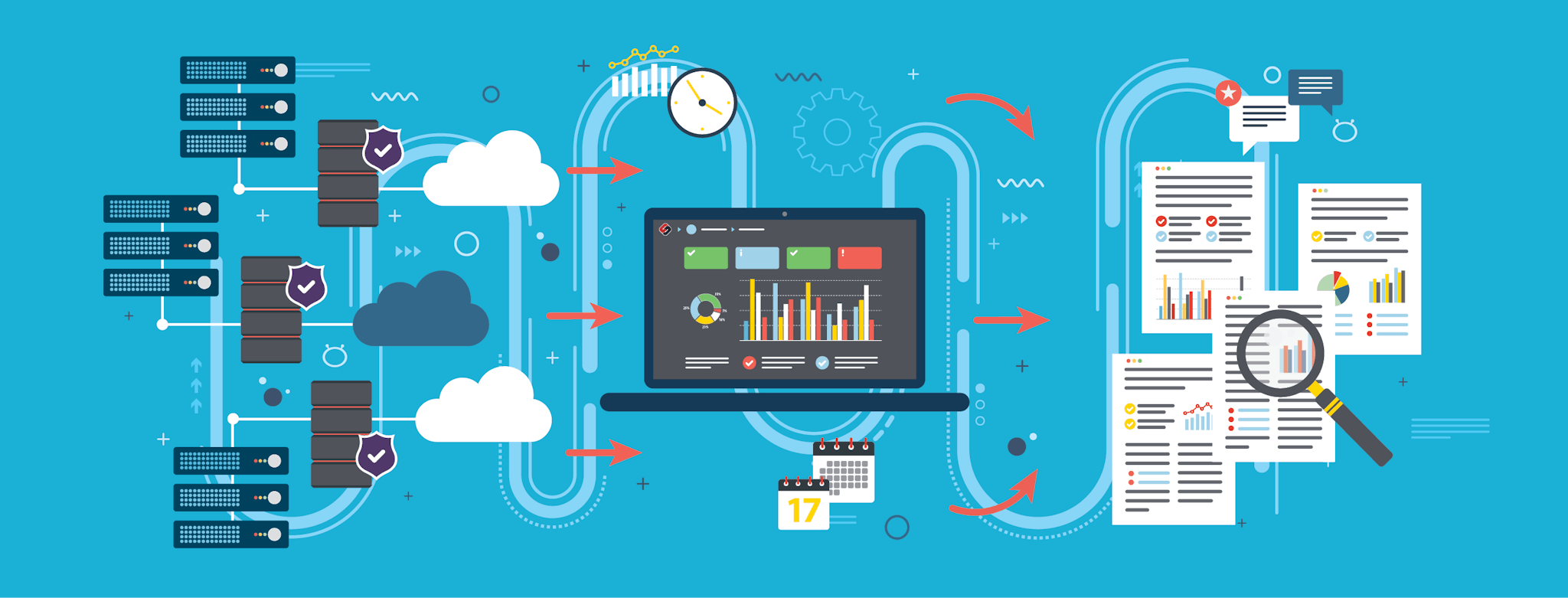Snapshot, share, and schedule queries in Turbot Pipes
You could already schedule periodic snapshots of benchmarks and dashboards. Now you can do the same for queries!

In How To Save and share Turbot Pipes benchmarks and dashboards we introduced snapshots: saved renderings of dashboards that you can view instantly, share privately with your team in Turbot Pipes, and optionally share to anyone with a link. The v0.17 release of Steampipe CLI added the ability to save snapshots from the CLI, view them locally, and share them to cloud workspaces. Next we added the ability to schedule snapshots so you can build a historical record of benchmark and dashboard runs, review changes over time, and track progress toward compliance.
Now you can do the all these things with queries too! Here's an initial run of a query of AWS EC2 instances.
Snapshot and share a query
To take a snapshot of the query, click the Snap button at the top of the query screen after the results have fully loaded. (The button will be disabled until then.)
You'll land here.
Click the Share button to share it, just as you share a benchmark run or dashboard. If you're in a Turbot Pipes organization you can share with members of your workspace, or use Anyone with the link to share globally. Otherwise you can still use Anyone with the Link to share from your personal workspace.
Schedule a query snapshot
Alternatively you can schedule a query snapshot. Starting from the same query pane, with results fully loaded as above, click Schedule. You'll land on the Create scheduled snapshot screen.
All Turbot Pipes accounts offer Weekly and Daily options. When using organizations you can also choose Hourly or Custom (using cron syntax). To notify your team with a summary of results, add a webhook URL for Slack or Microsoft Teams. As with any scheduled pipeline you can optionally adjust visibility, assign tags, and set up notification to Slack or MS Teams. Once you make your choices and click Schedule you'll land on the pipeline page. Click Run now to verify that your query runs and produces an initial snapshot.
That's it! Now this query will run every day, and you'll accumulate snapshots that document your EC2 instances over time. Try scheduling some of your own queries, and let us know how it goes!